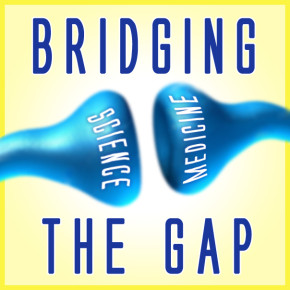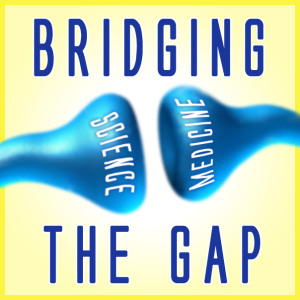 When a Guinean woman was riding the bus in Italy, she was verbally harassed by a young Italian girl who was also a passenger on the bus. The girl was screaming and accusing the Guinean woman of having the Ebola virus. Then, the young girl’s relatives proceeded to assault and beat the woman. Although the victim was taken to the hospital, she sustained injuries from the attack. Race alone, rather than symptom presentation or travel history, was enough to evoke a violent assault by ordinary bus passengers.
When a Guinean woman was riding the bus in Italy, she was verbally harassed by a young Italian girl who was also a passenger on the bus. The girl was screaming and accusing the Guinean woman of having the Ebola virus. Then, the young girl’s relatives proceeded to assault and beat the woman. Although the victim was taken to the hospital, she sustained injuries from the attack. Race alone, rather than symptom presentation or travel history, was enough to evoke a violent assault by ordinary bus passengers.
Perhaps because the lethal Ebola virus has killed more than 1,350 people so far, it has incited in people a state of fear culminating in irrational distress and panic targeting people of African descent or origin. The World Health Organization (WHO) has called the Ebola epidemic a “public health emergency of international concern,” which is certainly enough to incite frenzy.
The ability of the human race to face fear without targeting minority groups has been tested and failed tremendously, as evidenced by the events leading to the American Civil War, the Holocaust, and countless riots and laws that have targeted racial and other groups throughout world history. While historically social responses to fear may not instill confidence in our ability to handle the current Ebola outbreak in a rational manner, it is important to consider the biology behind how the human mind processes group-related information, and understand the brain’s mechanisms of handling these issues.
In a human study where white subjects were shown short images of white and black faces, the quickest (30 ms) response of the subjects was that of increased amygdala activation in response to the black faces, with decreased activity in response to white faces. This means that the region of the brain most commonly associated with the processing of the fear response, the amygdala, is activated initially in response to the face of an individual from a different racial group. Does this mean that humans are inherently racist?
The same group repeated the experiment, but with a longer response time of 525 ms of exposure to black and white faces. At this interval, amygdala activity decreased in response to black faces and increased for white faces, which ultimately brought amygdala activity closer together for black and white faces. Importantly, the decrease in amygdala activity for black faces was accompanied by increased prefrontal cortex activity. The prefrontal cortex is the brain’s “seat of reason,” and where a lot of our ethical and top-down decision making takes place. So while fear is the initial response of humans to another racial group, it only takes half a second for this response to be overridden by prefrontal controlled processing. This evidence suggests that humans may not be inherently racist, but do have an automatic biological response of fear after 35 ms towards different racial groups.
While there are fears of the Ebola virus spreading, it is crucial that these do not impede our ability to reason and address the concerns in a manner that does not bring harm to innocent individuals. Italy’s health minister, Beatrice Lorenzin, stated that “we need to be prudent without being paranoid,” and biology suggests that this is not impossible. A group at the University of California, Santa Cruz, conducted a meta-analysis on intergroup contact theory that concluded that strong emotional involvements, such as friendships or romances, across different groups is the most significant correlate with reducing stereotypes. Headlines like the ones we are currently facing about Ebola-fueled racism are unacceptable, but our current knowledge about group formation and the brain provides hope for our ability to transcend the fears associated with different groups.
Bridging the Gap focuses on the relationship between basic research and medicine to develop an appreciation for the science that underlies the foundations of modern medicine.



